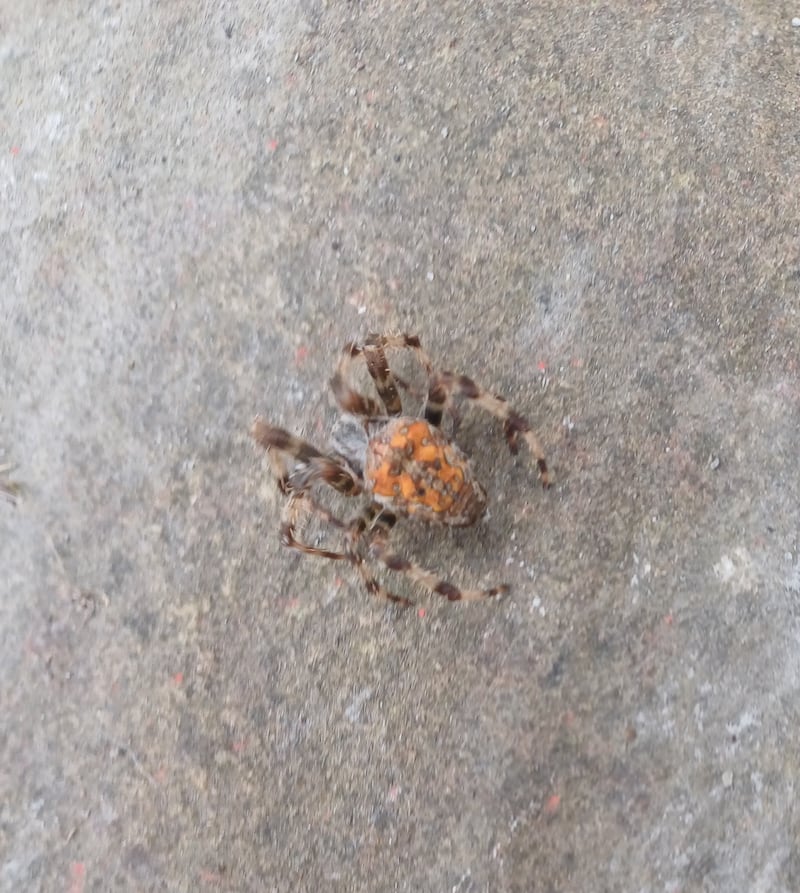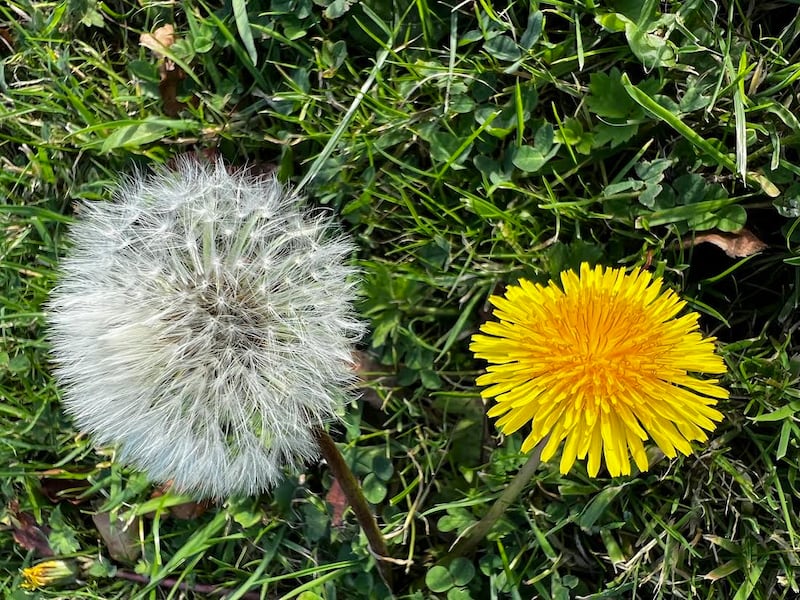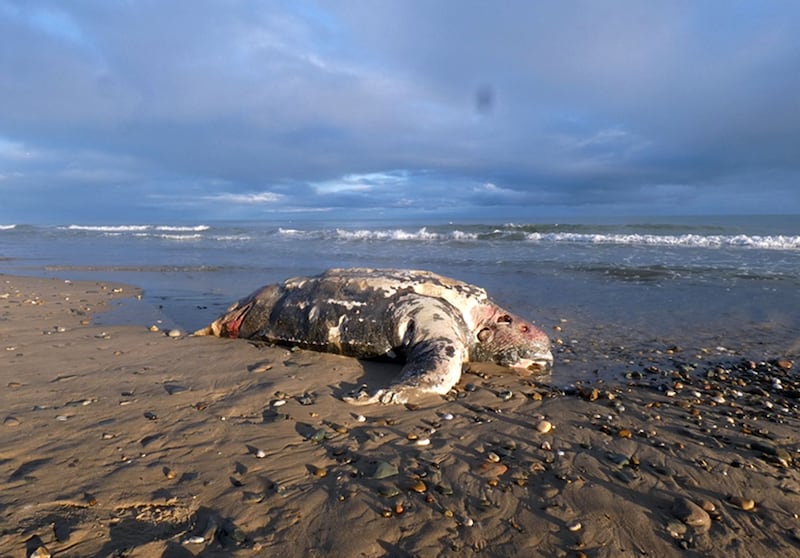[ad_1]
Myself and my brother found these red mushrooms when we were getting our Halloween pumpkin. They look just like the mushrooms in one of our storybooks. Are they real? Teddy Morrissey, Dublin
They are real all right. They are called the fly agaric mushroom, Amanita muscaria. It would be very dangerous indeed to eat this mushroom as it contains toxins that have caused people who foolishly did eat it to die. It is often in the pictures of childrenâs storybooks because of the lovely red colour but it is poisonous.

I found a spider in the garden and itâs not one I have come acrossâ¯before. I am not sure if itâs native or a risk to our indigenous species. It has striped legs and a distinct reddish/brownish back. At a guess, the length and width of back is about 10mm. I have had no luck on the internet identifying it. Gina Moran, Dublin
It is the red form of the common garden spider, Araneus diadematus. This is an orb web spinning spider and is common in our gardens â although the usual form has a pale yellow-green abdomen, which is possibly why the internet couldnât identify it. This spider overwinters in the egg stage, the eggs being enclosed in silken bags fixed in bark crevices or under windowsills. The new spiderlings hatch out from these in spring.

Is it unusual to find dandelions in flower and in seed at the same time? This photograph was taken on October 11th. Olivia Flanagan, Dublin
Dandelions have a long flowering season. The National Biodiversity Centre has received records for every month from March to December. We have had a very mild autumn with little or no frost so it is able to keep flowering. The plant produces several flowers, so the older one will be in seed when the later one is just coming into flower. Late-foraging bees are very grateful for them.

What are these balls on a local oak tree in Enniskerry? They certainly donât look like acorns, yet they were growing at the tip of an oak twig. William Lee, Wicklow
These are marble galls, which are formed when a tiny gall wasp lays eggs in the developing oak buds on the tree. The activity of the grubs hatching out from these eggs causes the buds to turn into these spherical balls. When the grubs are fully grown they drill a hole in marble, which is by now brown and woody, and emerge as winged gall wasps by the name of Andricus kollari. The galls contain large quantities of tannins, which were used to make inks used in ancient Irish manuscripts.
[ What is this hairy creature I found clinging to a jumper on my washing line?Opens in new window ]

Johnny Woodlock sent in the following observation: âThis leatherback turtle washed ashore in Wexford on October 27th. It had been dead for some time before it washed ashore and was fairly decomposed. There was plenty of local interest in it as it was 6ft long and probably weighed more than half a tonne. We did not try to turn it over for fear it might fall apart. Its head was damaged, as were both its hips, and the nearside flipper was nearly severed, leading us to think that it may have been the victim of a boat strike. Leatherbacks are not uncommon in these waters; the largest recorded was landed in Wales as bycatch in a net. They feed on jellyfish and can grow huge. These turtles do not have a hard shell but a thick layer of fat and skin on both top and bottom and so can survive at these colder latitudes. They breed in west Africa and the Caribbean.â
Please submit your nature query, observation, or photo, with a location, via irishtimes.com/eyeonnature or by email to weekend@irishtimes.com
[ad_2]
Source link



